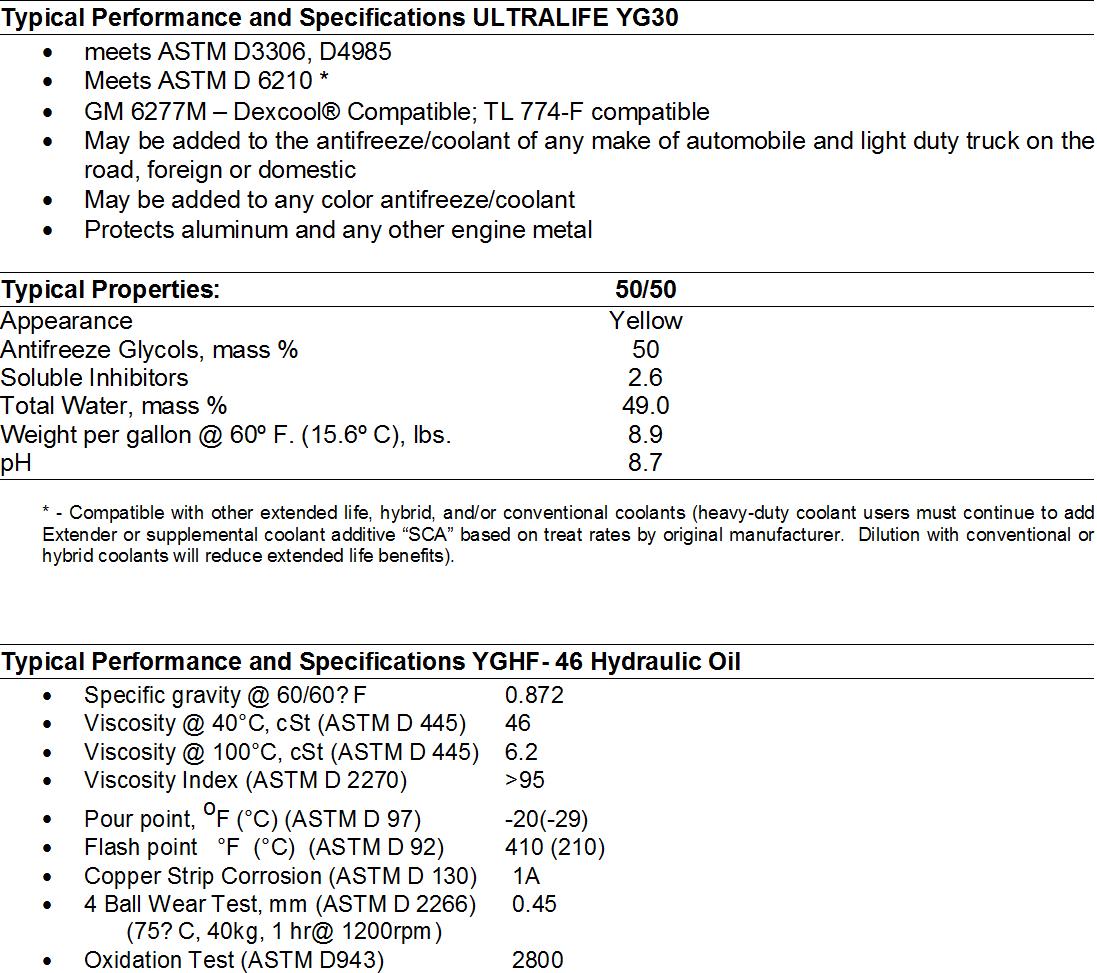
1 minute read
22. Standard Tightening Torque for Bolts and Nuts
22-2. Torque table
Bolts or nuts in the metric system should be tightened at the torque described below unless specified otherwise.
when tightened to aluminum.
2)Apply 60% tightening torque for 4T bolt and lock nut.
3)Use fine thread screws for engine only.
Important
If a part to be tightened is made of resin like a panel board, excessive tightening torque may damage the tightened part. Be careful when tightening.
23. Replacing Essential Parts Periodically
For safe operation, the machine must be serviced periodically. To increase safety, be sure to periodically replace the parts listed in the table of safety parts on the next page. A fire could result if they deteriorate or are damaged.
These parts are vulnerable to age and wear or deterioration and it is difficult to determine the degree to which they have deteriorated on the occasion of periodic service. To maintain their proper function at all times, therefore, replace them with new ones after using them for a specific period of time even if no abnormality is found with the parts.
If you find abnormalities in these parts before their scheduled replacement time is reached, repair or replace them immediately.
If a hose clamp is deformed or cracked, replace it immediately.
Check the hydraulic hoses (which are not periodic replacement parts). If any abnormality is found in them, retighten them or replace them immediately.
When replacing the hydraulic hoses, replace the O-rings and seals at the same time.
For further information about replacing the safety parts, ask your dealer.
Check the fuel and hydraulic hoses according to the periodic schedule described below.
Check categoriesCheck points
Start-up checkOil leak from the connections or bodies of the fuel and hydraulic hoses
Voluntary monthly checkOil leak from the connections or bodies of the fuel and hydraulic hoses Damage (crack, wear, or peeling) of the fuel and hydraulic hoses
Prescribed annual checkOil leak from the connections or bodies of the fuel and hydraulic hoses Interference, crushing, aging, torsion, or damage (crack, wear, or peeling) of the fuel and hydraulic hoses



